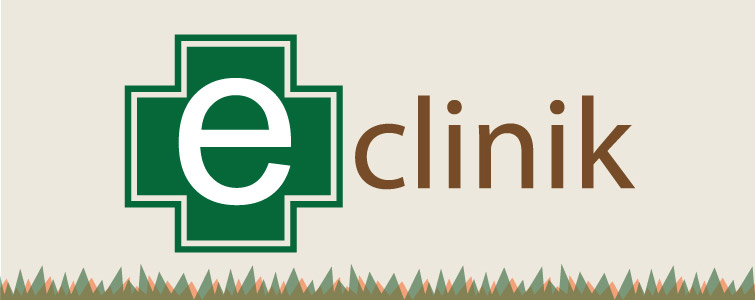- Home
- Introduction
- Taxonomy
- Research
- Sampling
- Survey & Surveillance
- Methodologies
- Tools & Devices
- Researchers/Experts
- Research Institutes
- Research Journals
- Miscellaneous
- Management
- Technologies
- Barrier Technology
- Bait Technology
- Borate Technology
- Gel Treatment
- Soil Treatment
- Seed Treatment
- Spot Treatment
- Tree Trunk Treatment
- Push-Pull Treatment
- Mound Treatment
- Others
- Termiticides
- ITK
- Publication
- Research Articles
- Books/Chapters/ Manuals
- Bulletins/Pamphlets
- Posters
- Theses/Reports/Proceedings
- Our Publications
- Bibliography
- Extension
- Extension Services
- Seminar/Conference/Workshop
- Trainings
- Extension Literature
- Relevant News Clips
- Poster Gallery
- Contact us
MILLETS
Termites (Odontotermes obesus, O. microdentatus and Microtermes obesi, M. unicolor) are reported to feed on sorghum and pearl millets. However, they are not major pests. Follow in general the control practices as in case of wheat to tackle termites - like soil treatment and care of crop-border areas to make them mound free. Eliminate the mound if any, as suggested in our relevant section.
Pearl Millet
Pennisetum glaucum or pearl millet, commonly known as Bajra, is a major cereal crop in India, supporting food requirement of a large number of people, mostly in dry belts of the country. In Rajasthan, this crop is found severely affected by the termite species Microtermes obesi.
Management:
-
If seed treatment has not been done and termite infestation is already present in field, in that case during first irrigation, 3-5 liters of chlorpyriphos 20%EC admixed with 50 kg of dry soil may be spread per hector in field and then irrigation can be done.
-
A recent report (from IARI-Nematology Division) details a single application of Pusa NemaGel to reduce the termites in pearl millet.
Sorghum
Sorghum bicolor, commonly known as sorghum, is a major cereal crop in India, supporting livelihood of a large number of people. Termite attack has been reported in this crop from various places in India. In the western part of the country, specially in Punjab and Rajasthan, Odontotermes obesus has been reported to attack sorghum and cause massive loss. Plants with height less than 15 cm, are found to be more prone to attack by termites.
Management:
- If seed treatment has not been done and termite infestation is already present in field, in that case during first irrigation, 3-5 liters of chlorpyriphos 20%EC admixed with 50 kg of dry soil may be spread per hector in field and then irrigation can be done.
The website is designed, developed & maintained by Dr. G.K. Mahapatro & Dr. Murari Kumar
Total Visit: 01670425


